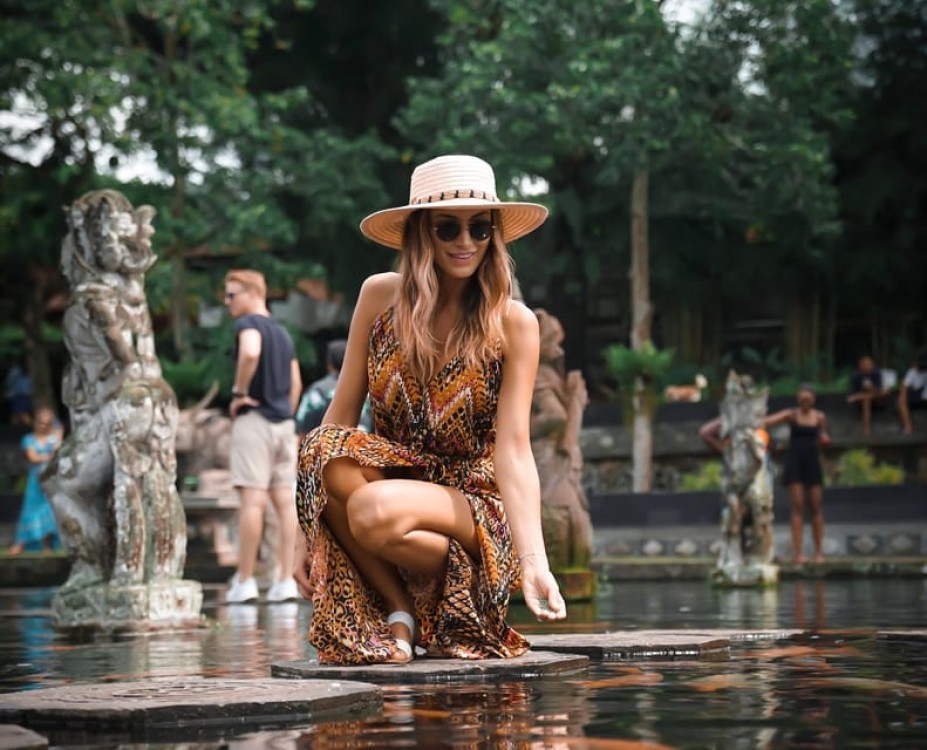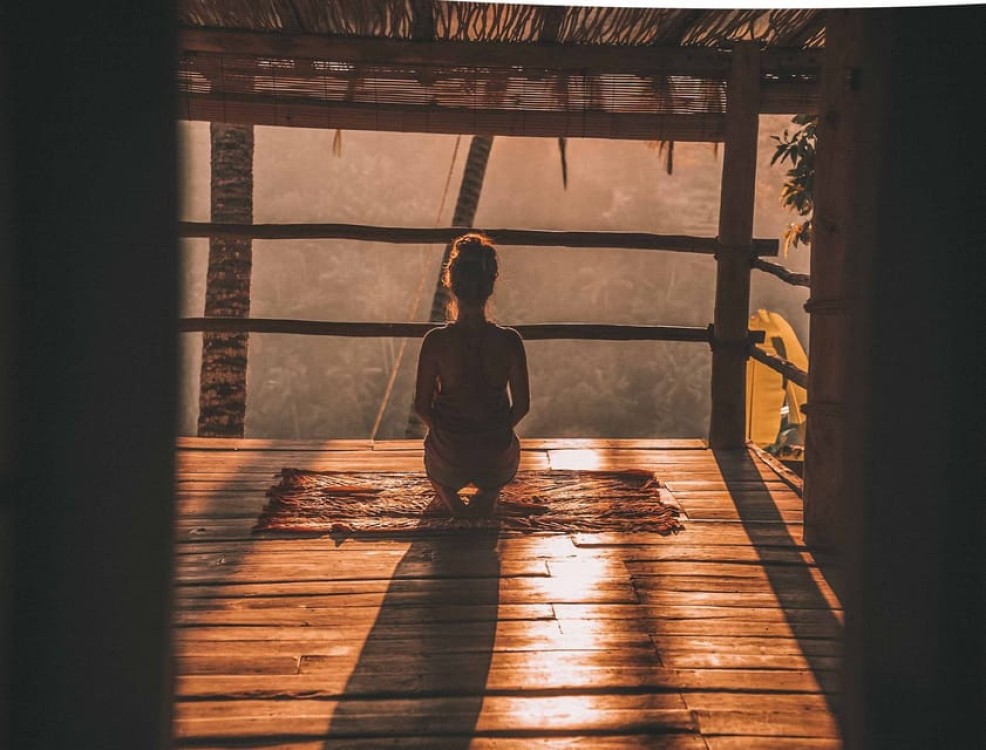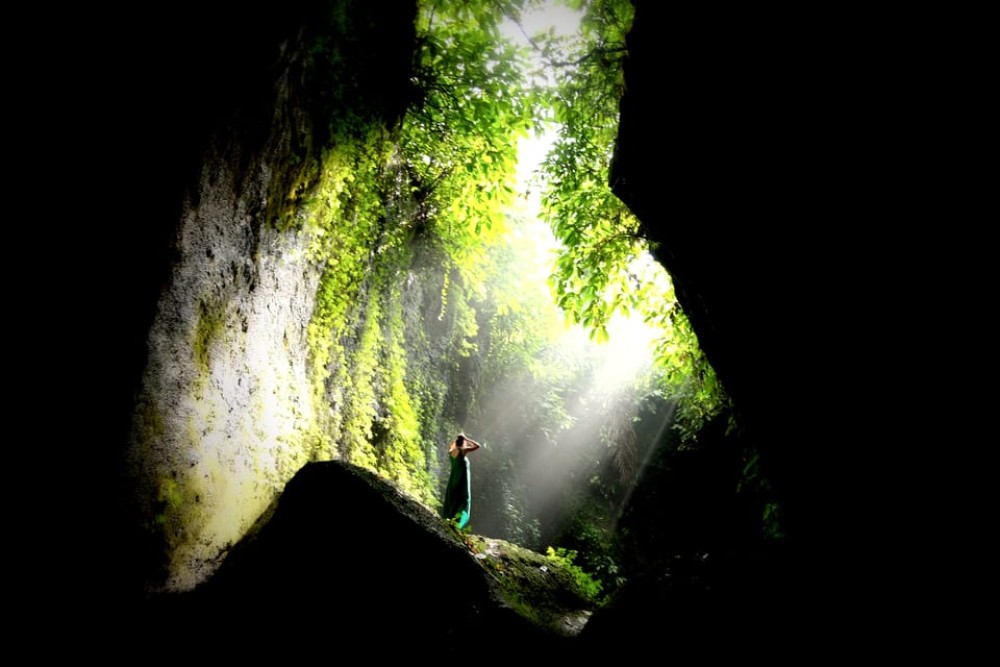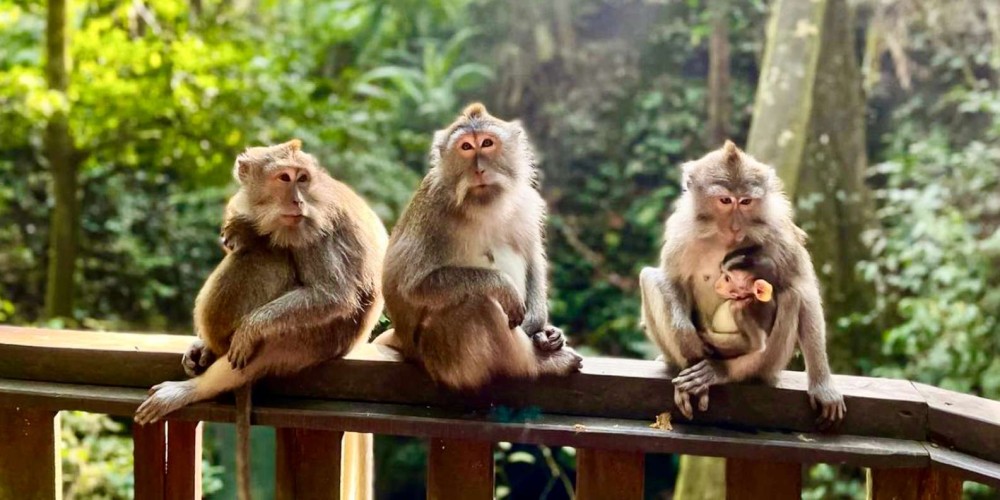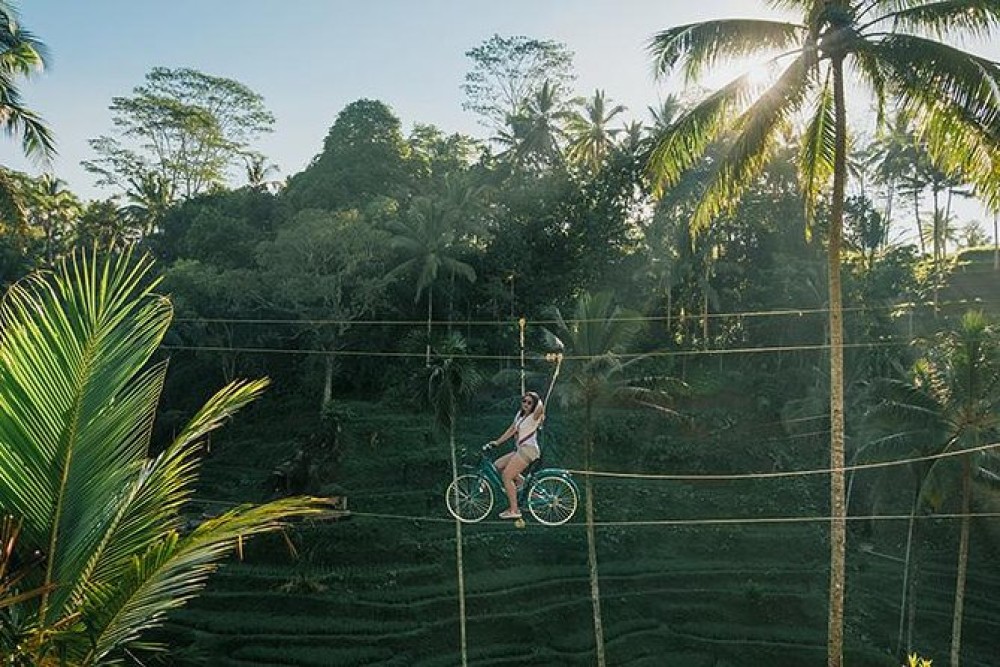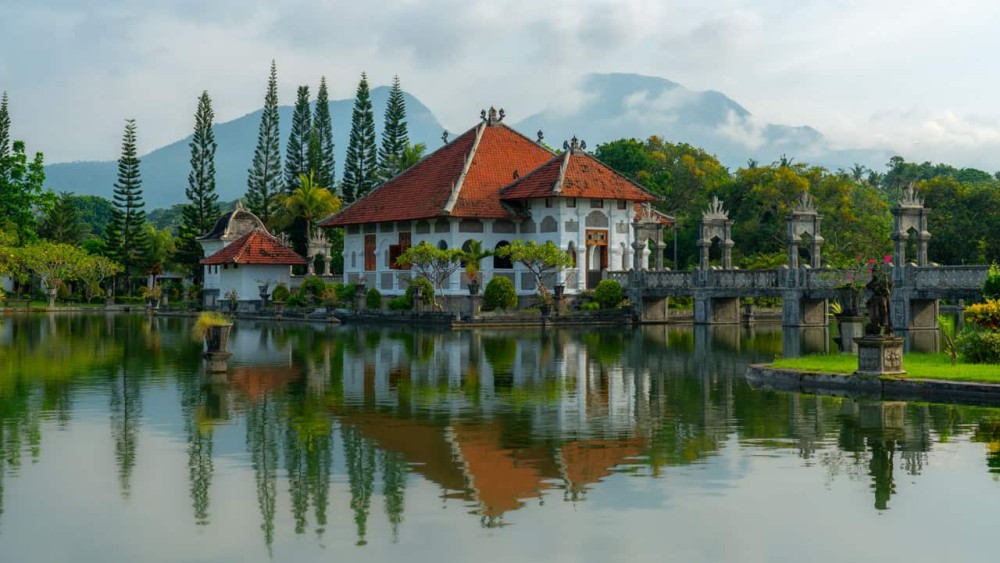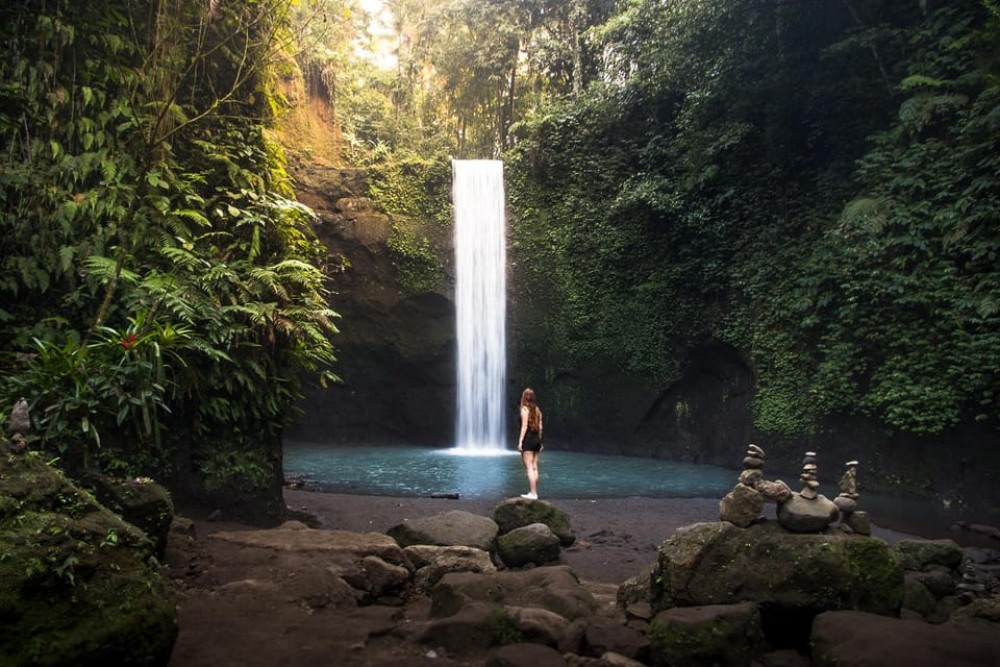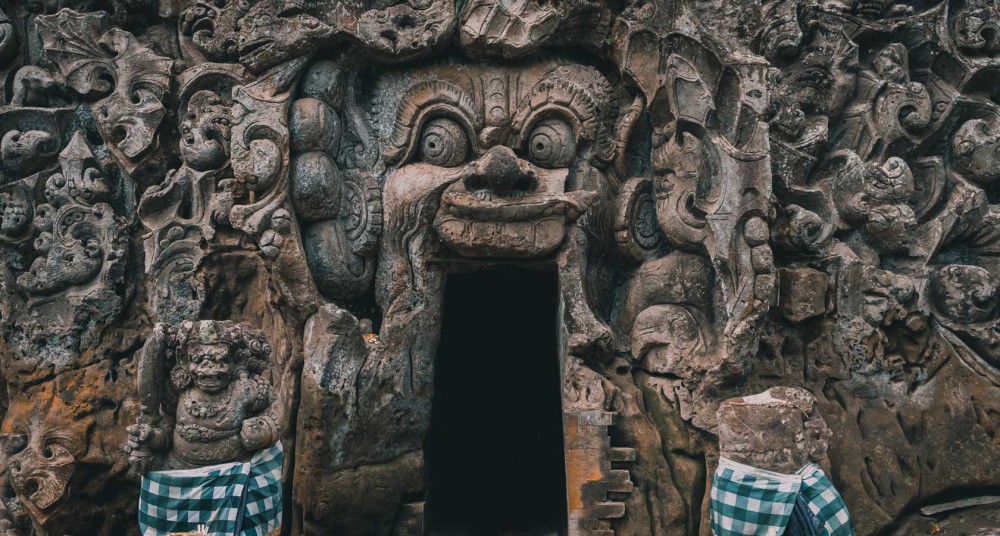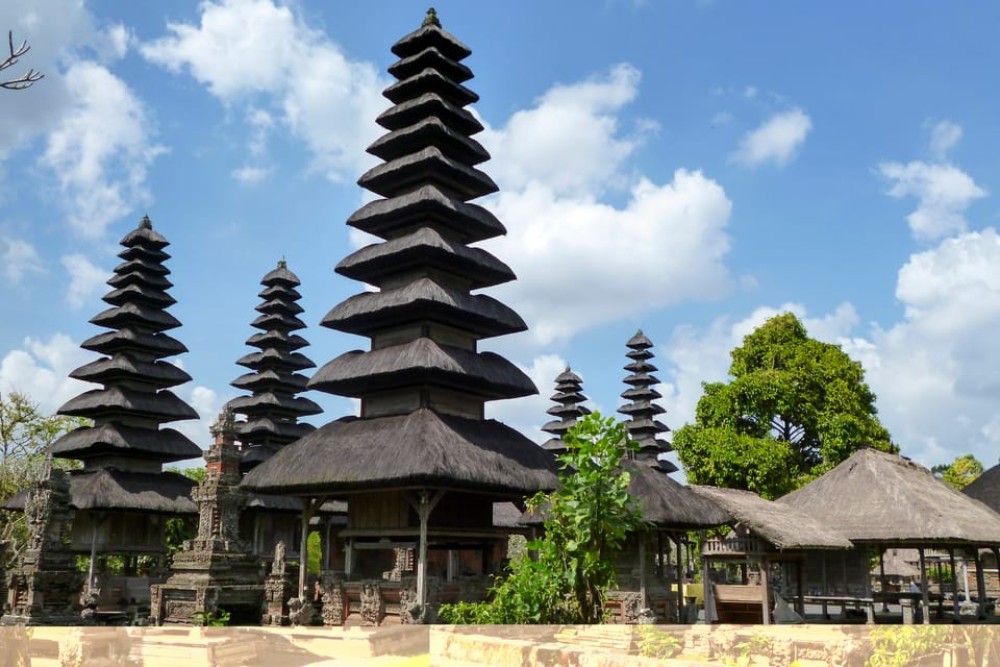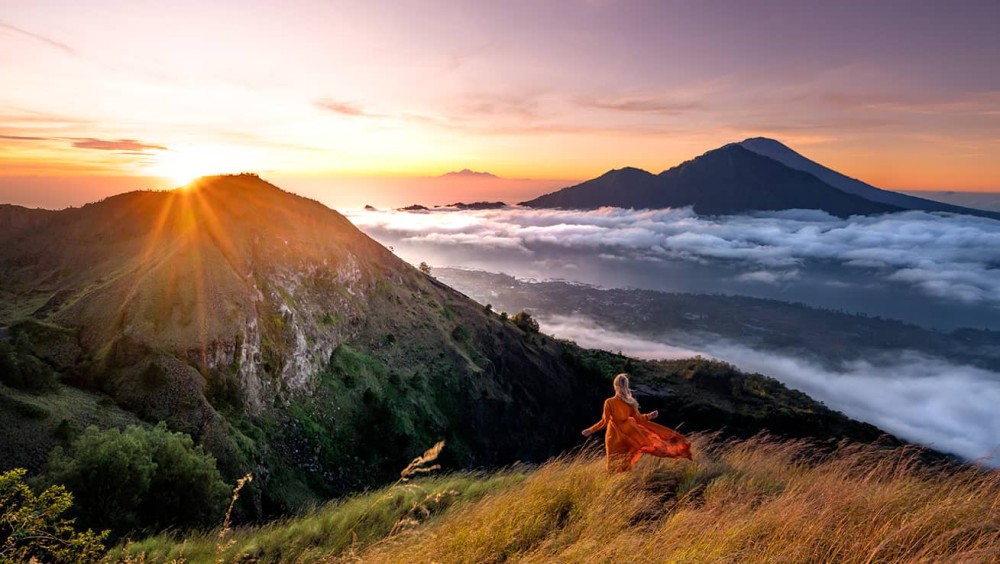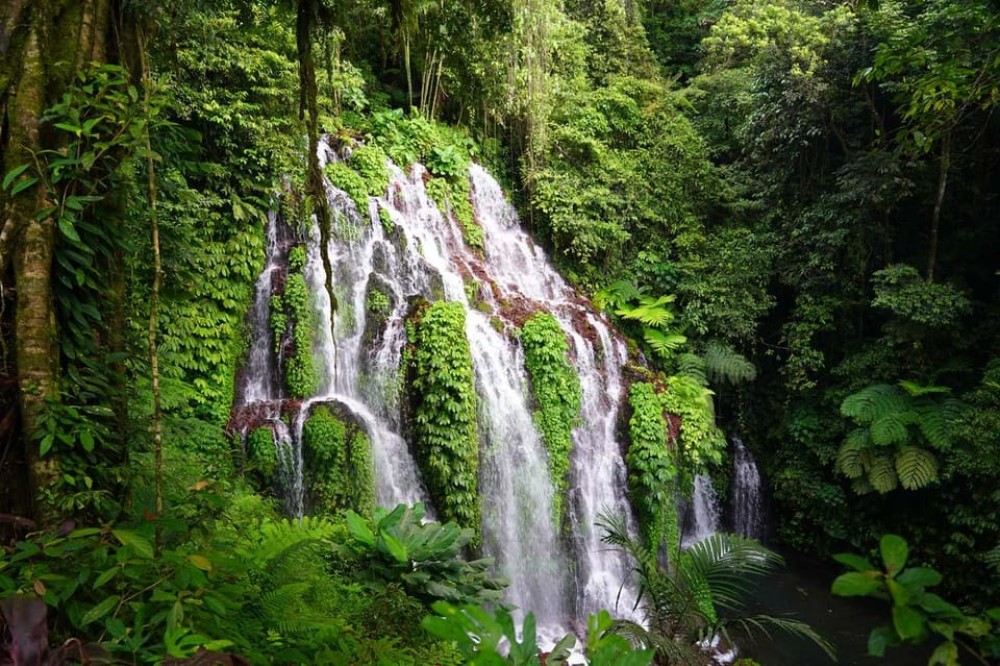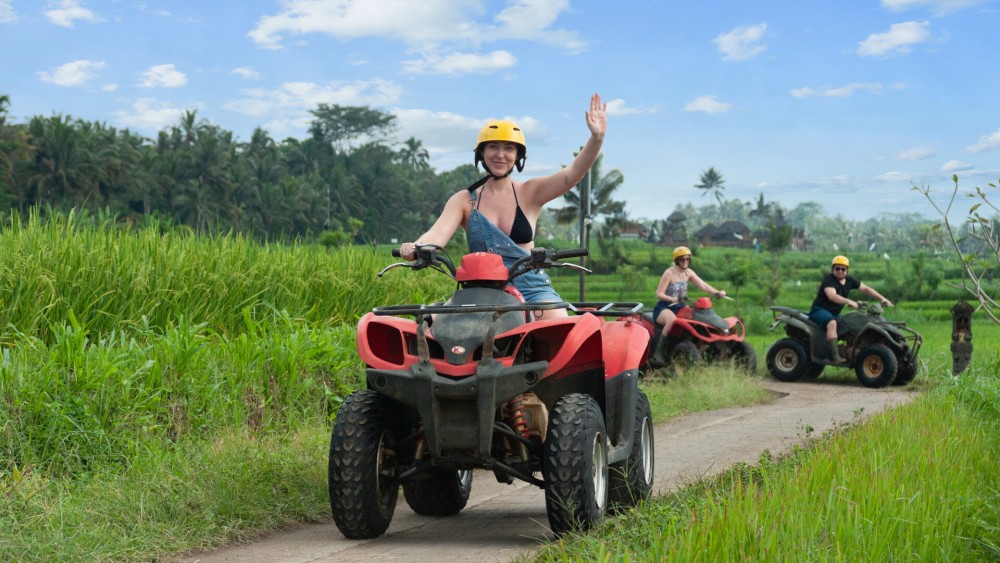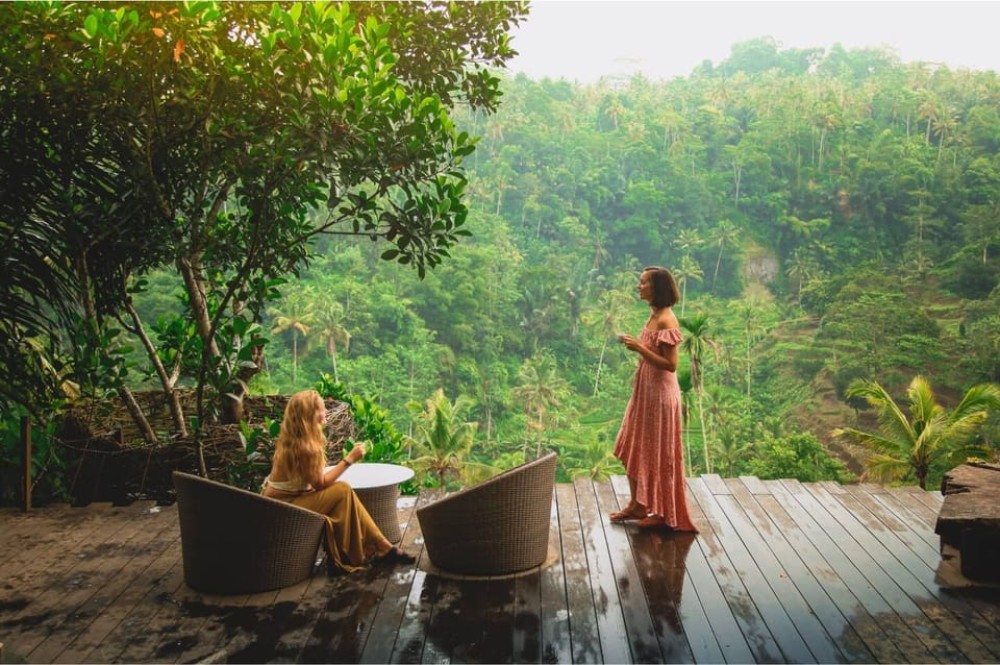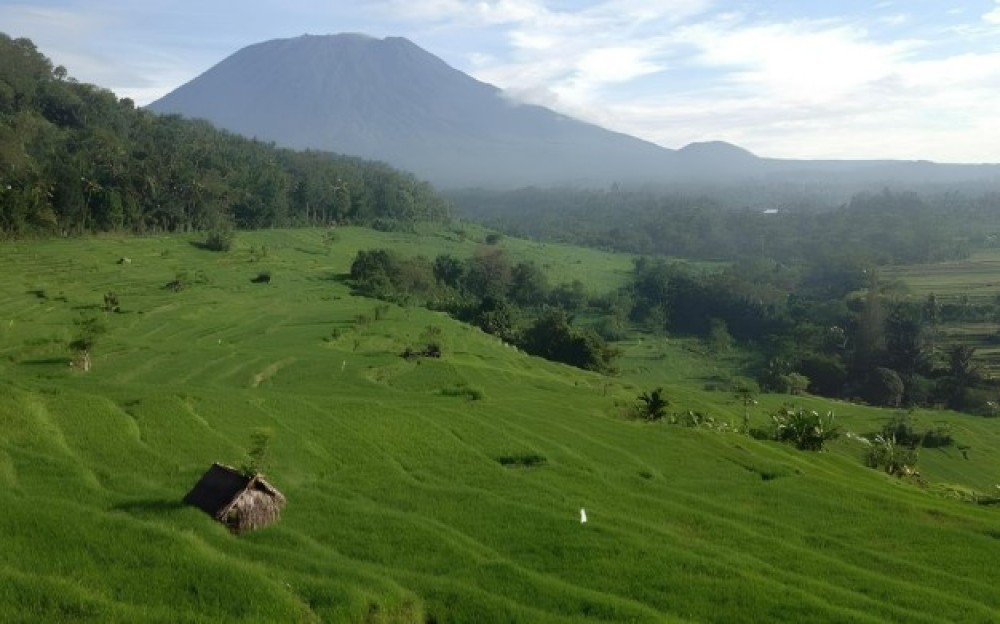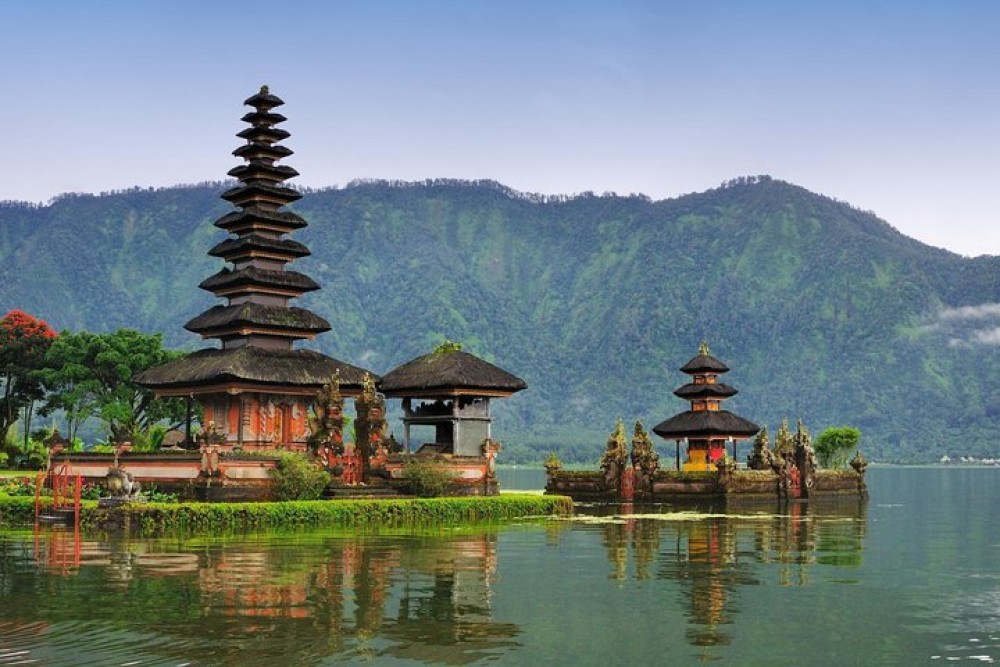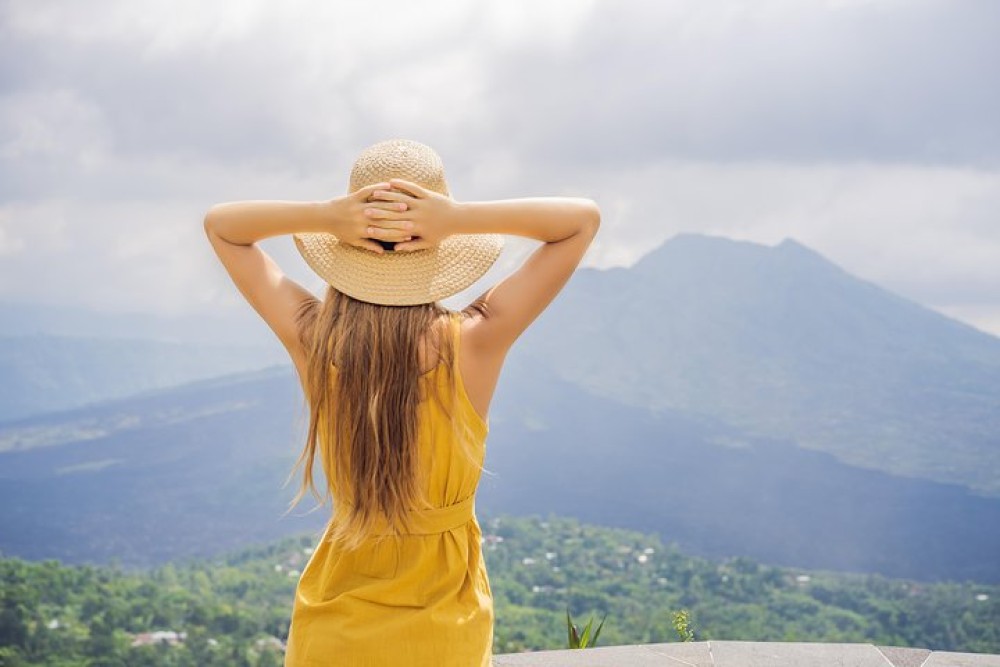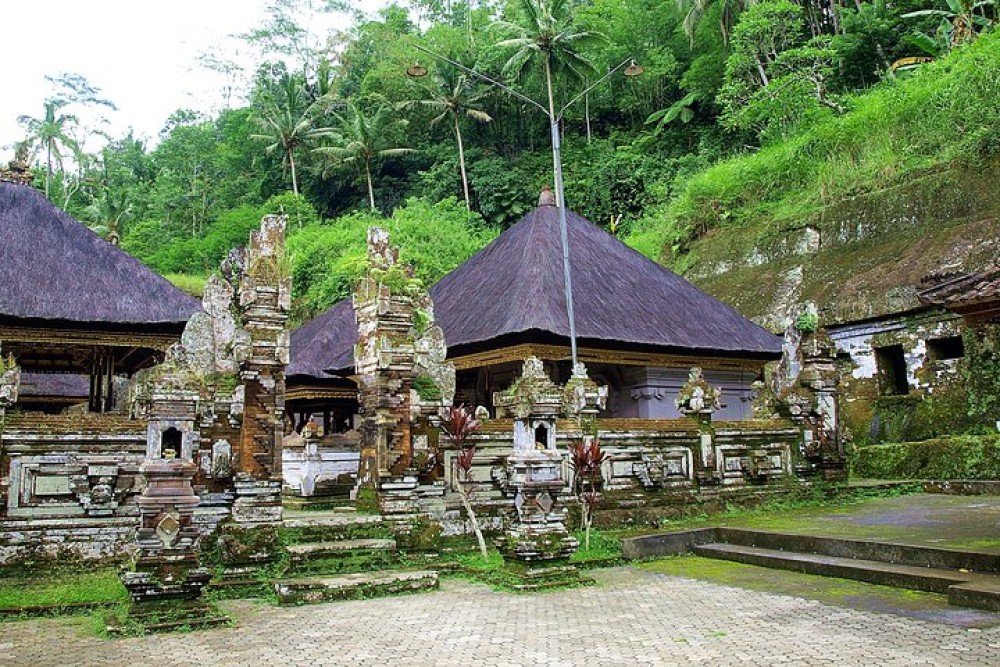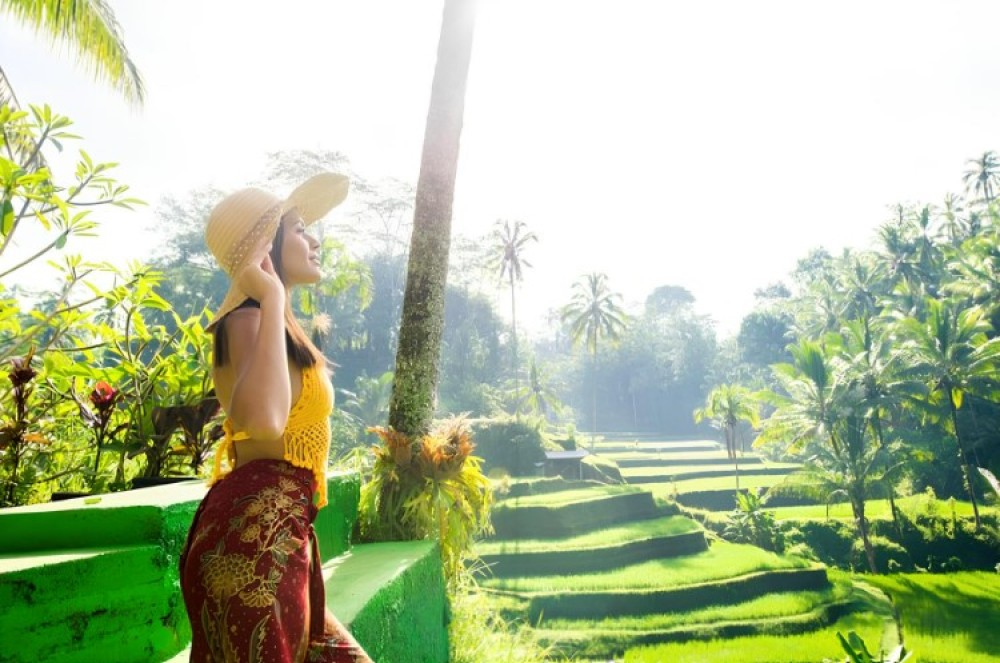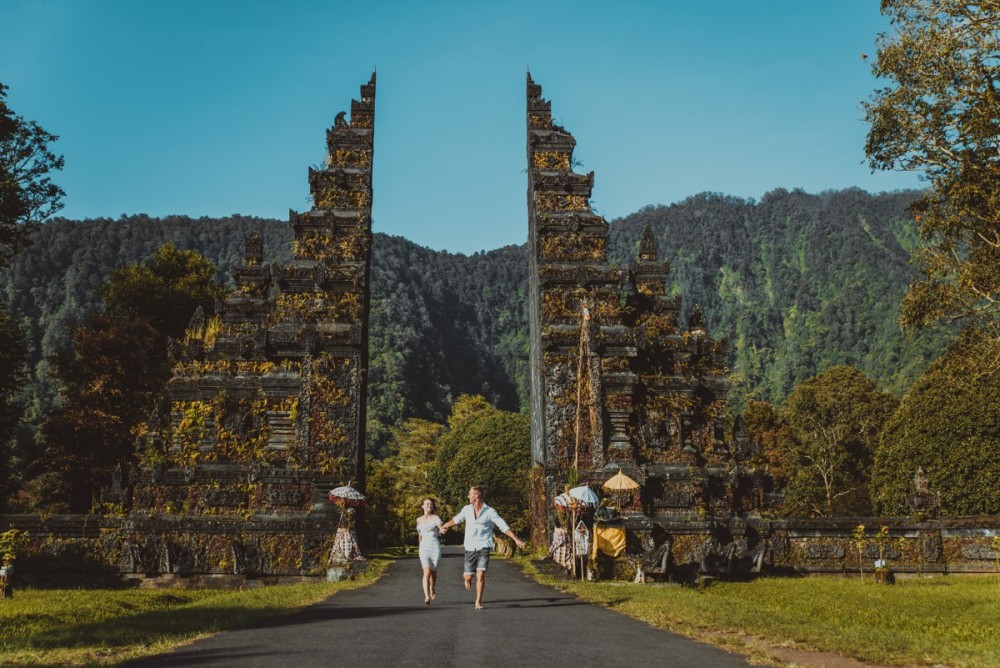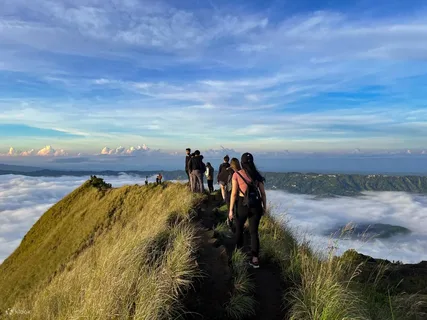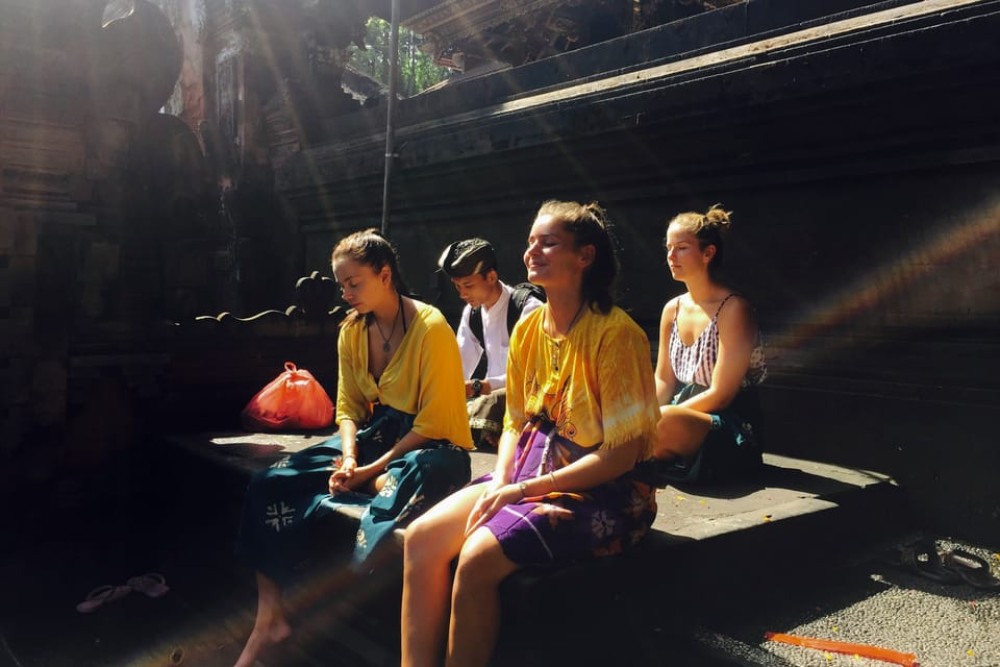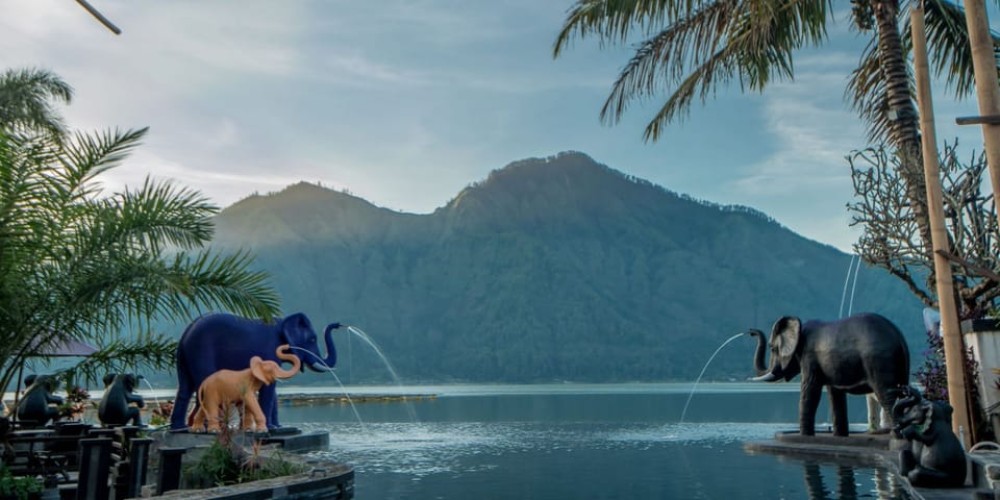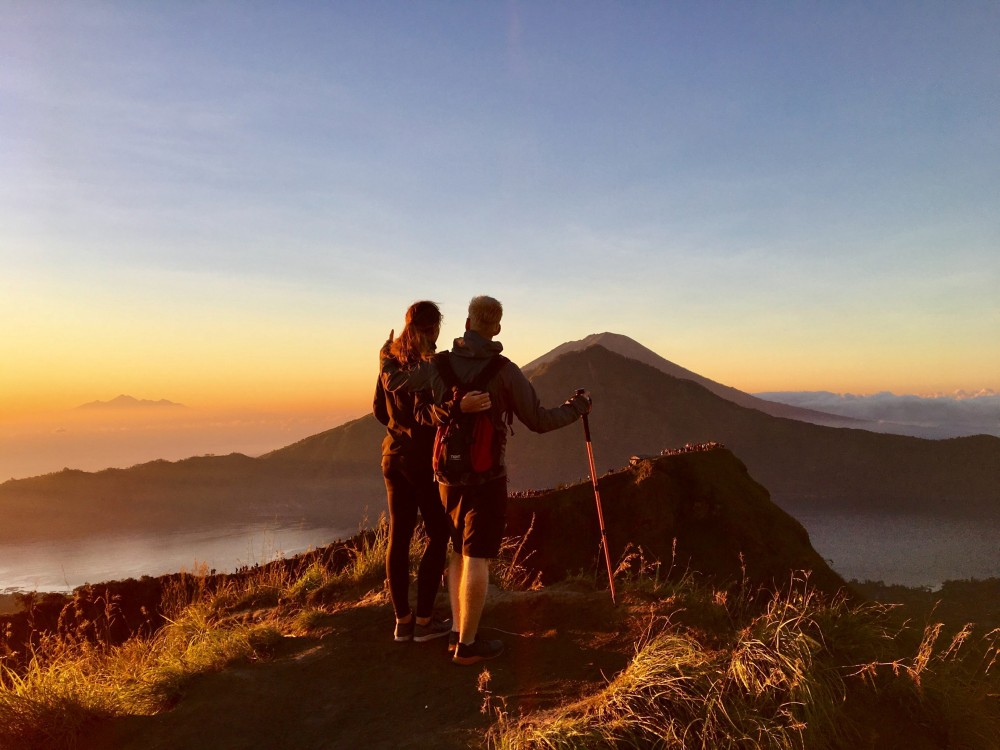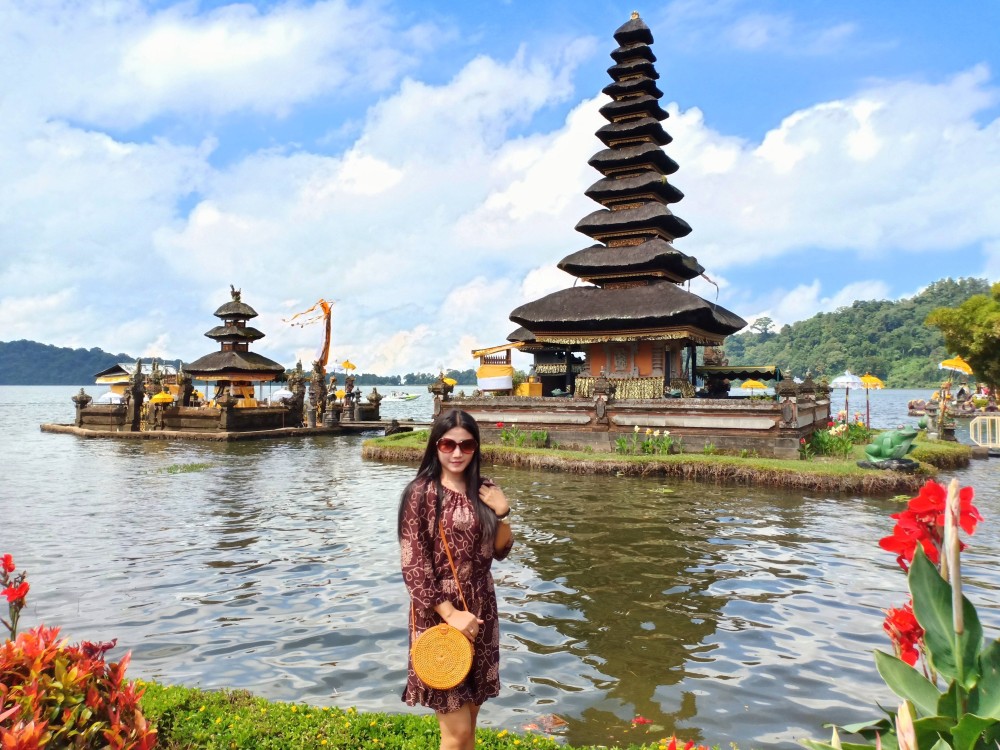- Indonesia
- Things to do in Bali
- Rice Terraces
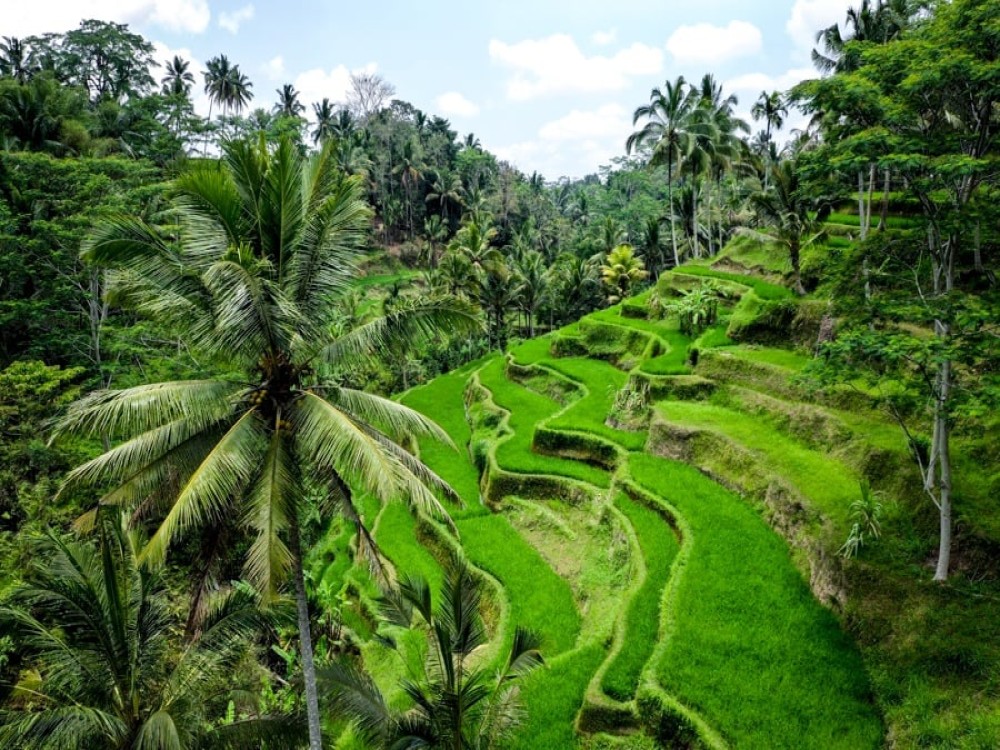
Rice Terraces
The rice terraces of Bali are a breathtaking testament to the island's rich cultural heritage and agricultural ingenuity. Carved into the hillsides, these emerald-green fields use the traditional subak irrigation system, a centuries-old cooperative practice that reflects Bali’s harmony with nature. The most famous of these terraces, such as Tegalalang near Ubud, offer visitors postcard-perfect views, while lesser-known gems like Jatiluwih provide a quieter, more immersive experience. Surrounded by palm trees and small villages, the terraces create a tranquil ambiance ideal for photography, exploration, and understanding Bali's agrarian traditions.
Rice Terraces Tours & Excursions
Bali: Full-Day Instagram Highlights Tour
€47.00
per person
Bali: Besakih Temple & Lempuyang Temple Gates of Heaven Tour
€77.00
per person
Bali: Tanah Lot Jatiluwih Terrace & Ulundanu Beratan Tour
€46.00
per person
Bali: Customized Private Car Charter with Optional Guide
€70.00
per person
Bali: Full-Day Eat Pray Love Tour with Rice Terraces & Yoga
€78.00
per person
Bali: Swing with Falls Rice Terrace & Monkey Forest Option
€15.00
per person
Bali: Full-Day Ubud Highlight & Tanah Lot Temple Sunset Tour
€34.00
per person
Ubud: Monkey Forest Sanctuary Jungle Swing HalfDay Tour
€17.00
per person
Munduk: Banyu Wana and Sekumpul Waterfall Trekking Tour
€37.00
per person
Ubud: Sky Bike Adventure, Swing & Rice Terrace with Transfer
€49.00
per person
Bali: Ujung Water Palace, Candidasa and Sidemen Village Tour
€55.00
per person
Scenic Ubud & Kintamani Volcano Tour: A Journey Through Balis Best
€43.00
per person
Bali Archeology: Museum, Gunung Kawi & Goa Gajah Temple Tour
€56.00
per person
Mt Batur Sunrise Hike With 1 Night Stay In Kintamani
€132.00
per person
Bali UNESCO Sites: Private Guided Full-Day Tour
€35.00
per person
Must-Do Tours in Bali: Mt Batur, Nusa Penida and Instagram
€223.00
per person
Munduk: Banyu Wana and Sekumpul Waterfall Trekking Tour
€47.00
per person
Bali: All-Inclusive Blue Lagoon Snorkeling & Optional Tour
€29.00
per person
Bali: All-Inclusive ATV Quad Bike Ride Adventures With Lunch
€35.00
per person
Bali: Ayung River Rafting & Jungle Swing Tour With Transfer
€43.00
per person
Bali: Monkey Forest, Tegalalang, Uluwatu & Kecak Dance Tour
€37.00
per person
Bali: Amed, Jemeluk & Lipah Beach Snorkeling Adventure
€29.00
per person
Mount Batur Ultimate 4WD Jeep Sunrise And Black Lava Experience
€25.00
per person
Ubud Volcano Lake and Natural Hot Spring Tour
€68.00
per person
Tenganan Village Rice Field Trekking Tour
€41.00
per person
Private Bali Tour: The Most Scenic Places
€92.00
per person
Highlights of Ubud & Mount Batur Volcano - Private Day Trip
€97.00
per person
Private Full-Day Tour: Balinese Temples and Rice Terraces
€88.00
per person
Bali Rafting Ubud with Lunch
€19.00
per person
Private Shore Excursion: Customized Best of Bali Tour
€45.00
per person
Instagrammable Glass Factory, Waterfall and Taman Dedari in Bali
€58.00
per person
Ubud Dayclub & Mount Batur Sunrise Day Tour
€78.00
per person
Kintamani Cafes and Mount Batur Sunrise Trekking Tour in Bali
€78.00
per person
All-in-one, Batur Sunrise Jeep And Activities With Photographer
€51.00
per person
Ulun Danu Batur & Mount Batur Sunrise Day Tour with Photographer
€78.00
per person
Bali: Full-Day Spiritual Cleansing and Shamanic Healing Tour
€55.00
per person
From Bali: Saraswati Temple Monkey Forest Ubud Waterfalls
€52.00
per person
Ubud: Saraswati Temple, Monkey Forest, Art Market, Waterfall
€41.00
per person
Canggu: Bohemian Hideaway Full-Day Customized Private Tour
€12.40
per person
Kintamani: Instagram Cafe Hoping & Penglipuran Village Tour
€55.00
per person
Bali: Mount Batur Sunrise Trekking Experience with Transfer
€37.00
per person
Private Bali Tour: Best of Bedugul and Tanah Lot Temple
€87.00
per person
The Basics
Bali's rice terraces are spread across the island, with Tegalalang, Jatiluwih, and Sidemen Valley among the most popular spots. Entry fees vary by location, typically ranging from IDR 10,000 to IDR 40,000 (less than USD 3). Comfortable footwear is essential as the pathways can be uneven. While many terraces offer guided tours, you’re free to explore most on your own. Most sites also have small cafes and local shops where you can enjoy refreshments or buy handicrafts.
Things to Know Before You Go
Prepare for hot, humid conditions by wearing light, breathable clothing and bringing sunscreen and insect repellent. If you're keen on photography, sunrise and early mornings offer the best lighting and fewer crowds. Respect local customs by avoiding trampling on rice fields and following signs for designated pathways. Additionally, bring cash for entry fees and small purchases, as credit card acceptance is rare.
How to Get There
The rice terraces are accessible by car or scooter. Tegalalang, just 20 minutes from Ubud, is the easiest to reach for those staying in central Bali. Jatiluwih, located in Tabanan Regency, is about a 1.5-hour drive from Ubud or Seminyak. Hiring a private driver or joining a guided tour is a convenient option if you’re unfamiliar with Bali’s roads.
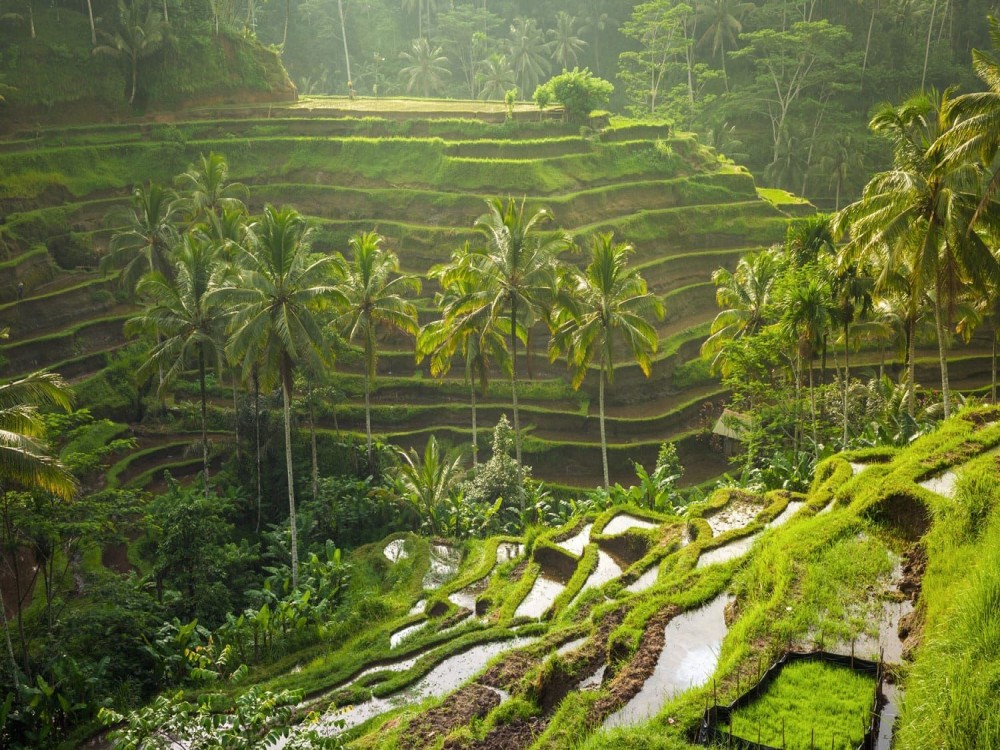
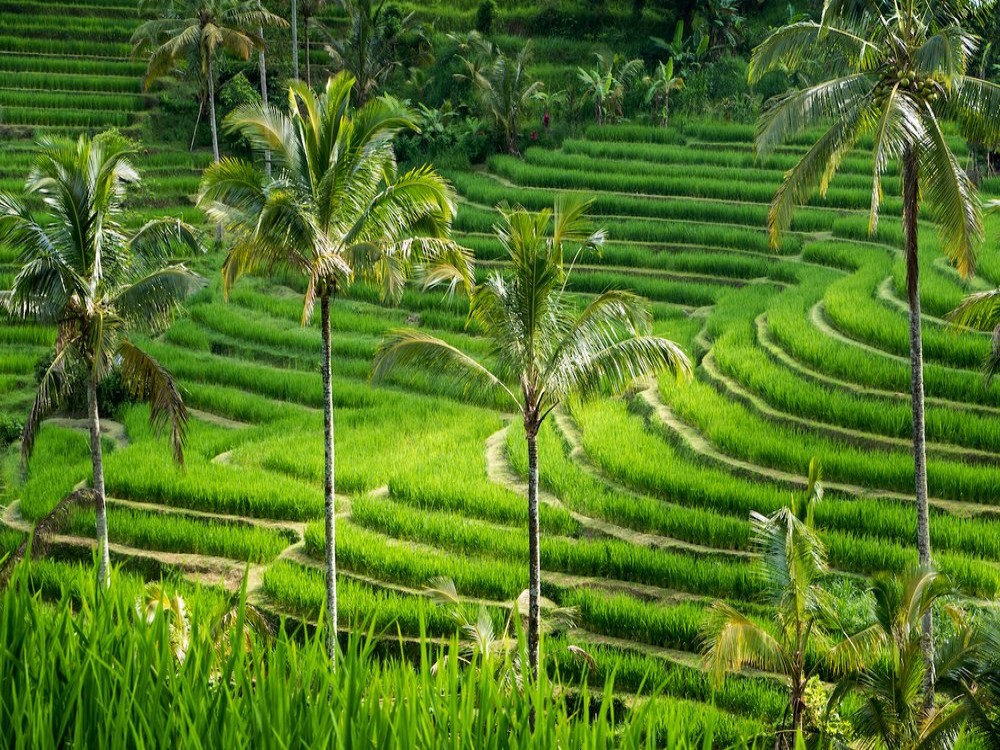
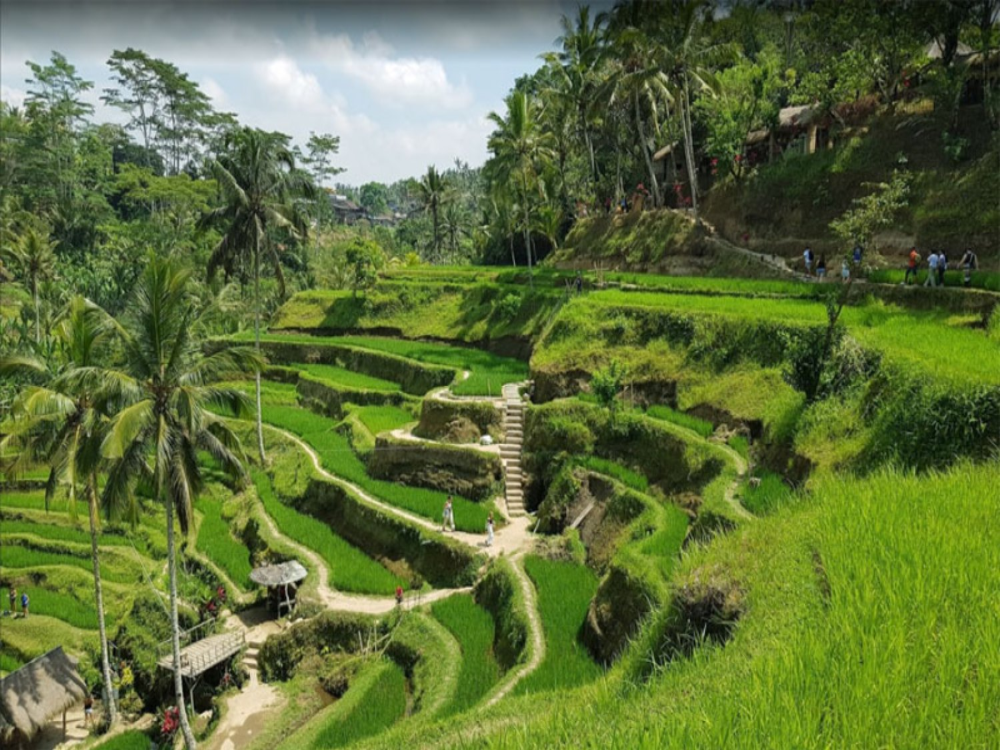
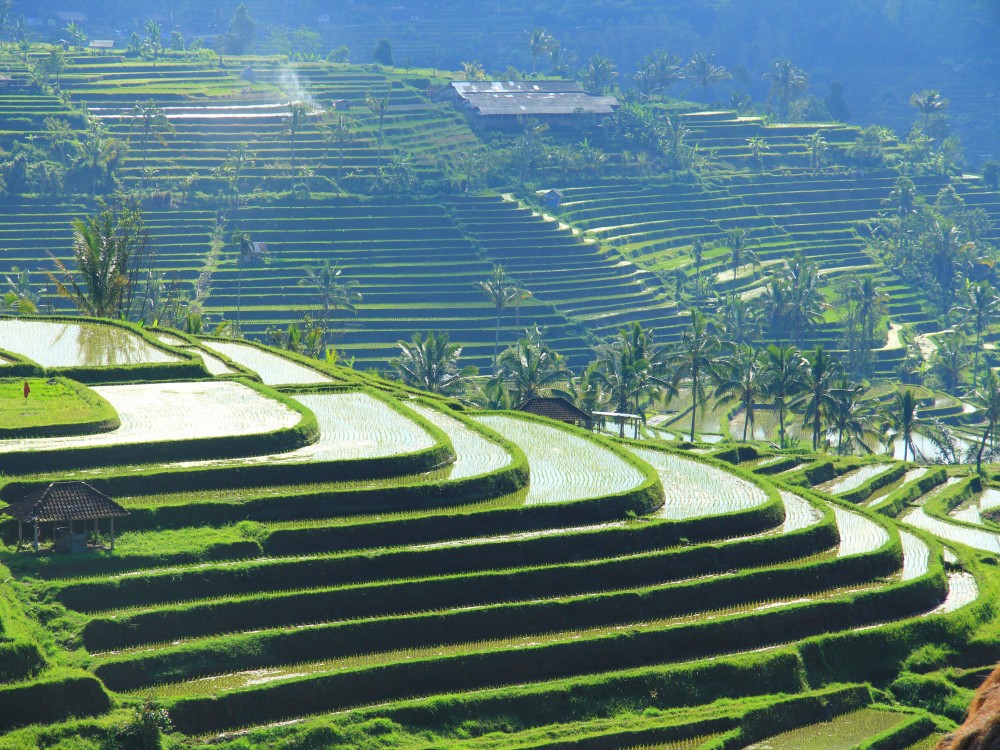
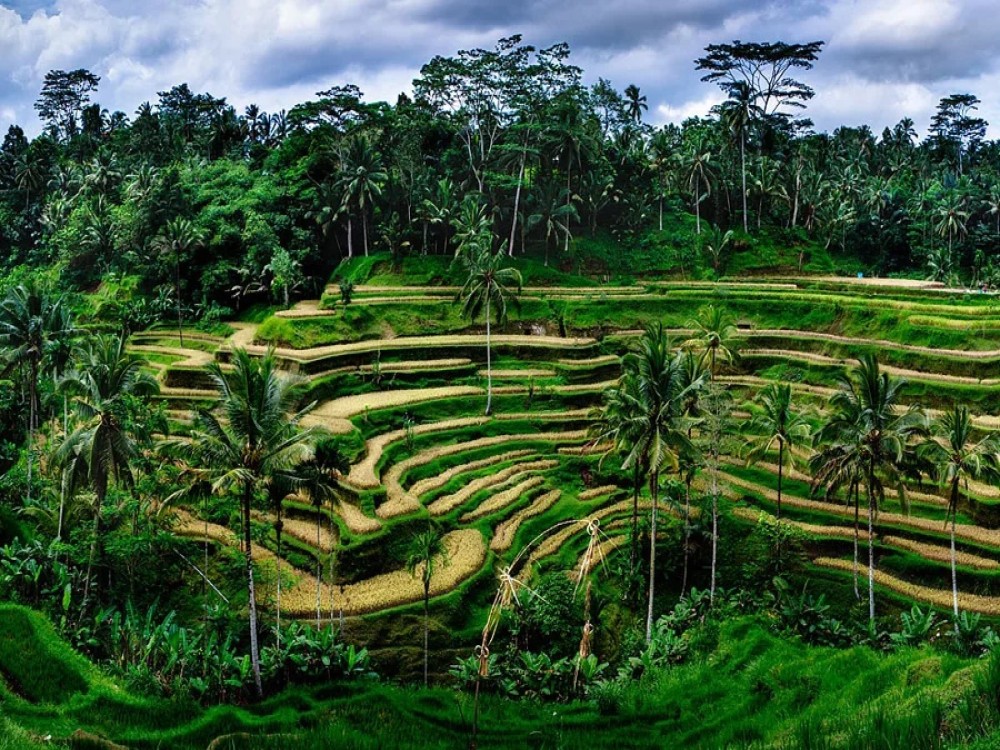

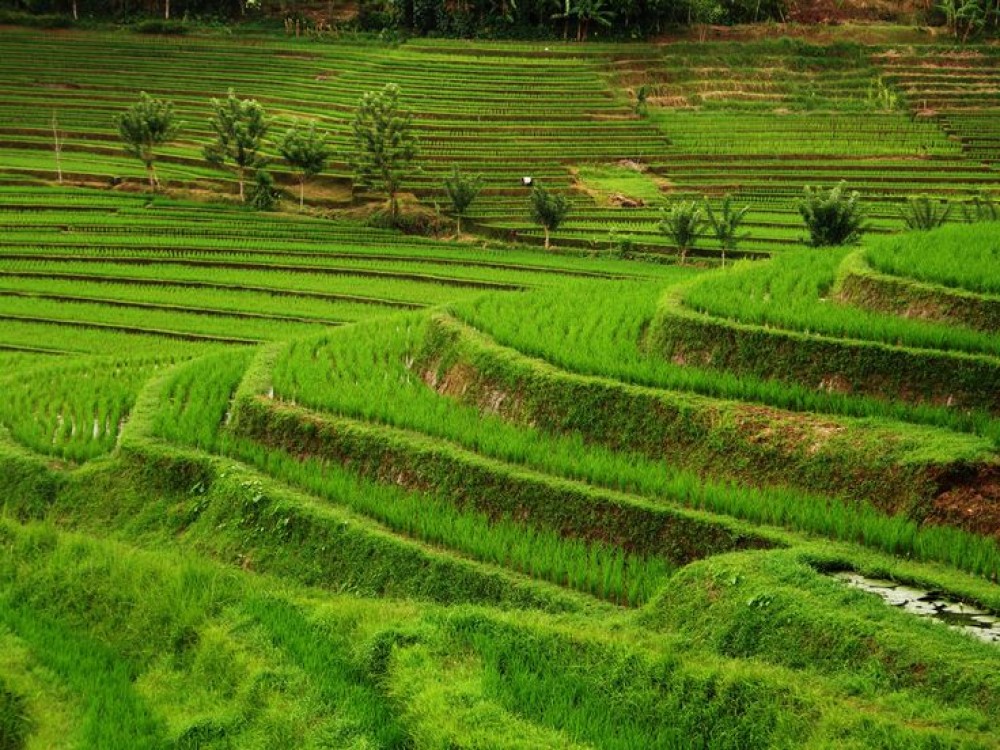
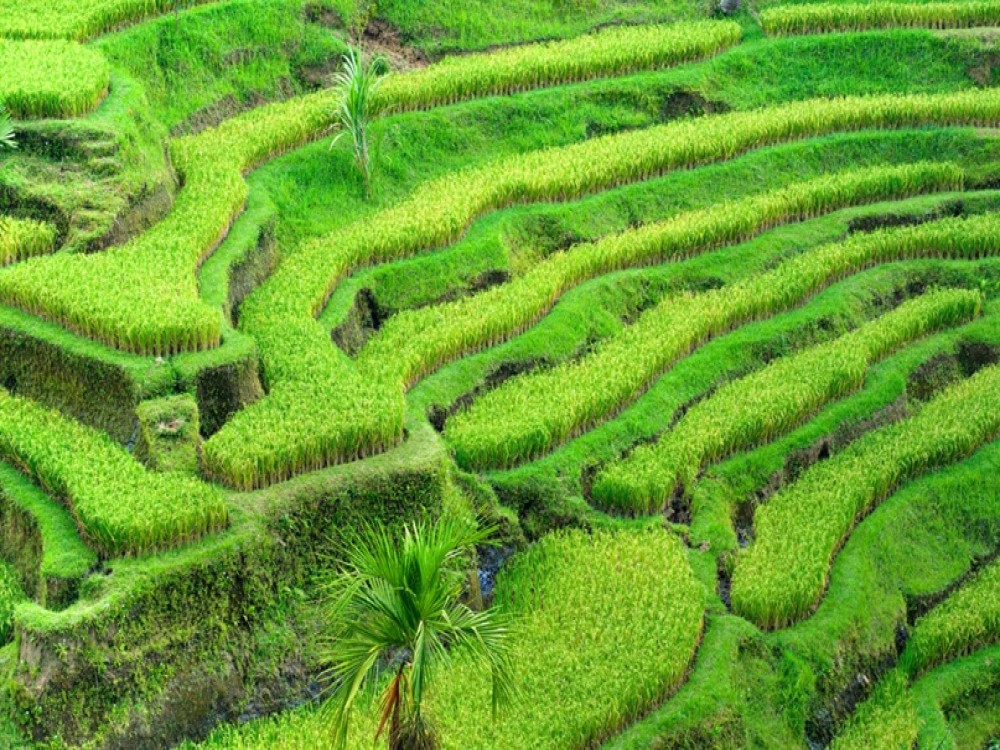
When to Get There
The best time to visit is during the dry season, from April to October, when the fields are lush and vibrant. For a quieter experience, visit early in the morning before the midday heat and crowds. During the harvest season, typically from July to September, you can witness local farmers at work, adding an authentic touch to your visit.
Day Trips from Bali
Day trips to Bali’s rice terraces often combine visits to nearby attractions. A trip to Tegalalang can include stops at the Sacred Monkey Forest and Ubud Art Market. For those visiting Jatiluwih, consider pairing it with a visit to Ulun Danu Beratan Temple or the Bali Botanical Gardens. Many tours offer lunch options at terrace-side cafes, allowing you to savor traditional Balinese cuisine while enjoying the view.
Enjoying Bali's rice terraces is a serene way to connect with the island’s cultural and natural beauty, making them a must-visit on your holiday itinerary.
Copyright © 2025 All Rights Reserved






